Dude: Nice, bananas acquired. Now I'll just toss this plastic bag and be on my way.
Guy: What, you're not going to recycle it?
Dude: But the garbage can is right here.
Guy: It takes almost no effort to toss it in the bag recycling bin at the store.
Dude: Meh. It's just a bag.
That right there is what I want to fix. But how do I motivate Dude to recycle that bag? How about with some kind of reward. A little entertainment, maybe. Adults are difficult to entice with that, but kids swarm to it like... kids... swarming to... entertaining things.
HYPOTHESIS: Stuffing a plastic bag into a bin is not fun. Feeding a bag to a robot that processes it right then and there, then does something entertaining with the result is fun.
IDEA: A polyethylene shopping bag is fed into a machine. The machine sticks the bag into a tube, heats it, and injects the plastic into a very simple coin shaped mold. The disc is then directed into a fun contraption that is entertaining to watch and could have interactive elements, also known as a game.
This is easier said with a diagram.
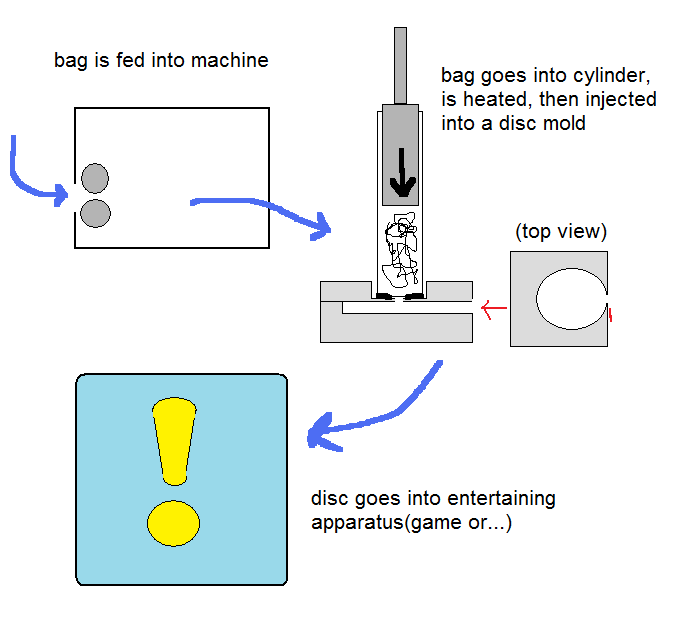
Results/benefits:
- The bag was collected for recycling rather than going in the garbage or on the ground.
- The person was entertained and will want to do it again.
- The notion that recycling is some big process that happens in a big factory far away has been shattered as the person watches recycling happening right in front of them in this simple machine. They have been educated.
- The person will see a growing pile of coin shaped objects and realize that even the small amount of plastic in the bag adds up to something substantial.
See the first project logs for a list of challenges, potential problems, and some solutions.
NOTE: I am not an expert, but I have some experience with home PE recycling. Please let me know if I'm missing something important or if you have any helpful advice.
 shlonkin
shlonkin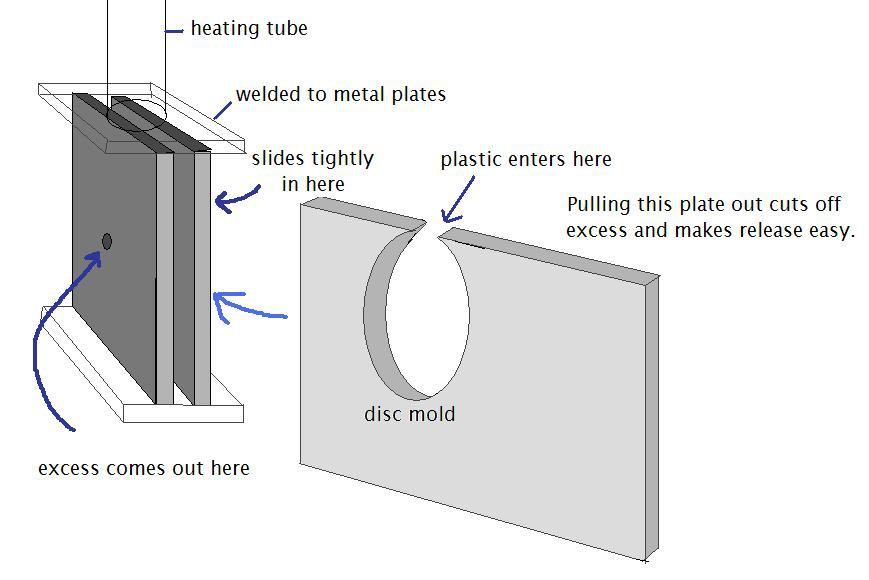
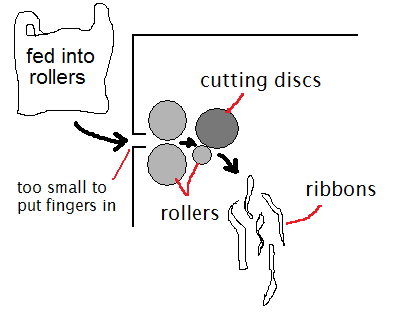
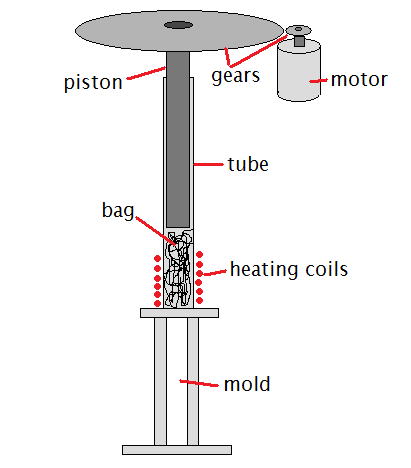
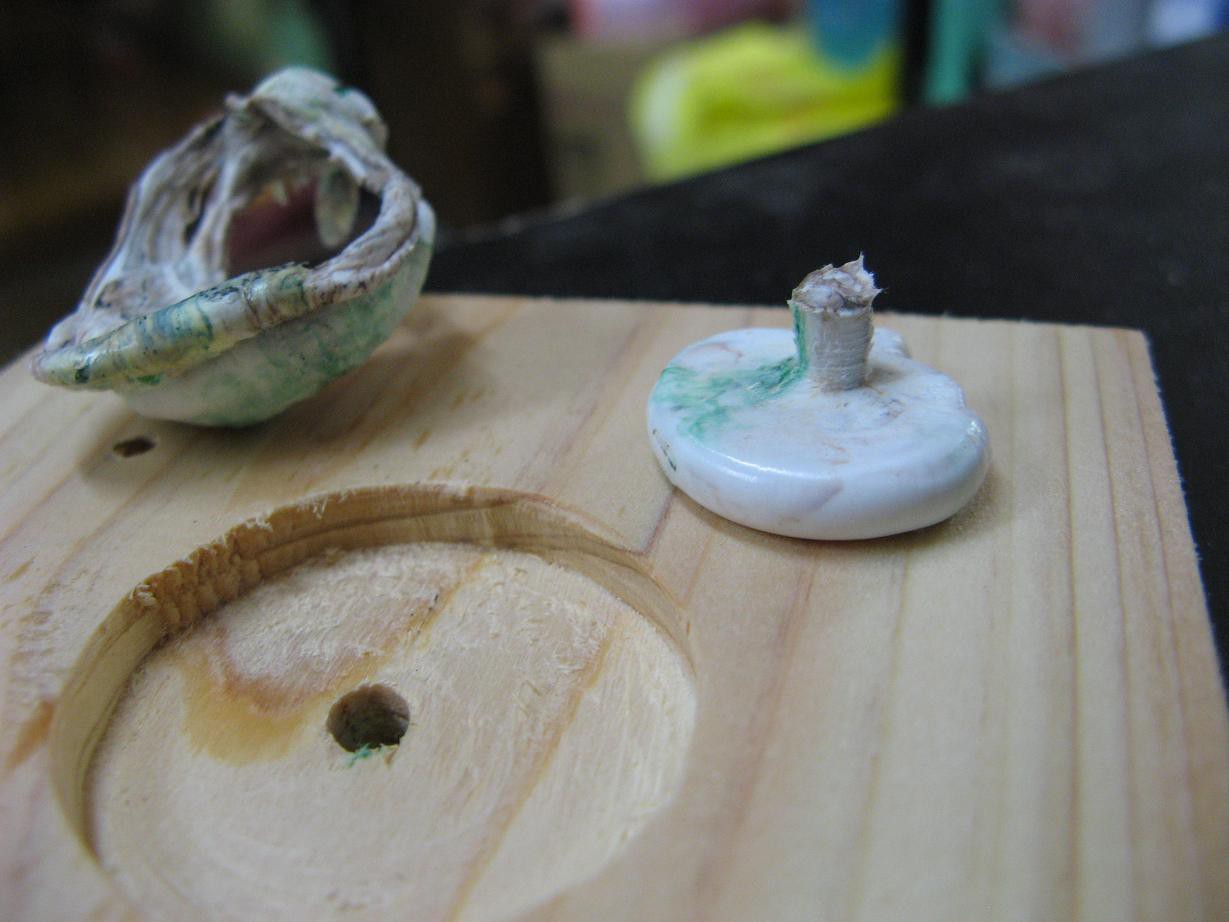
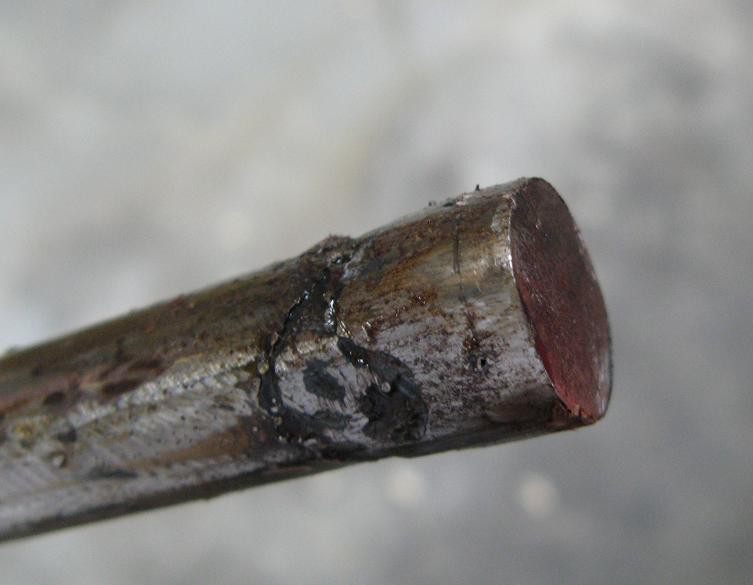
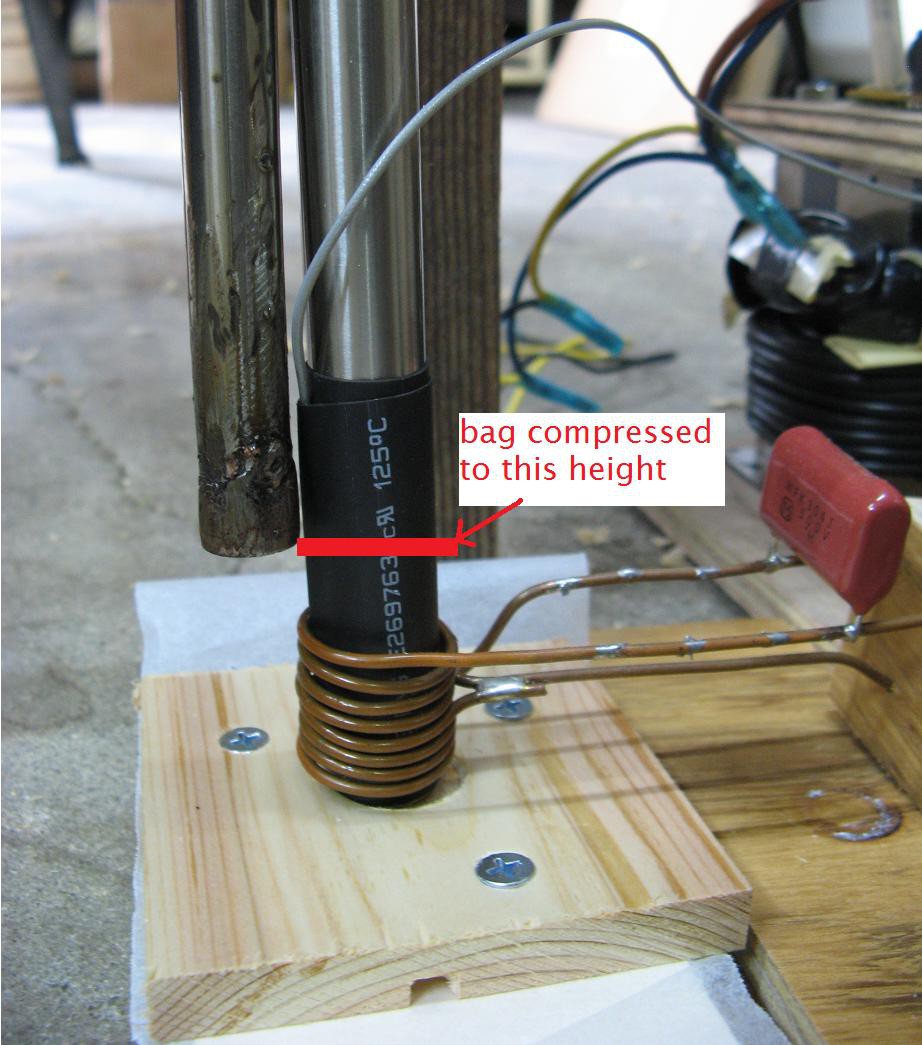
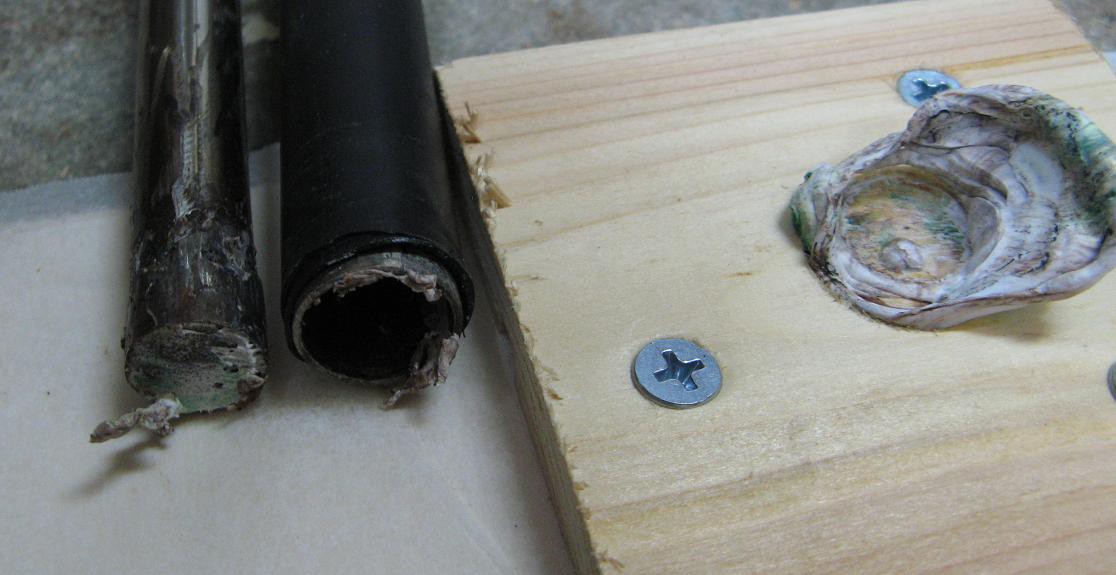
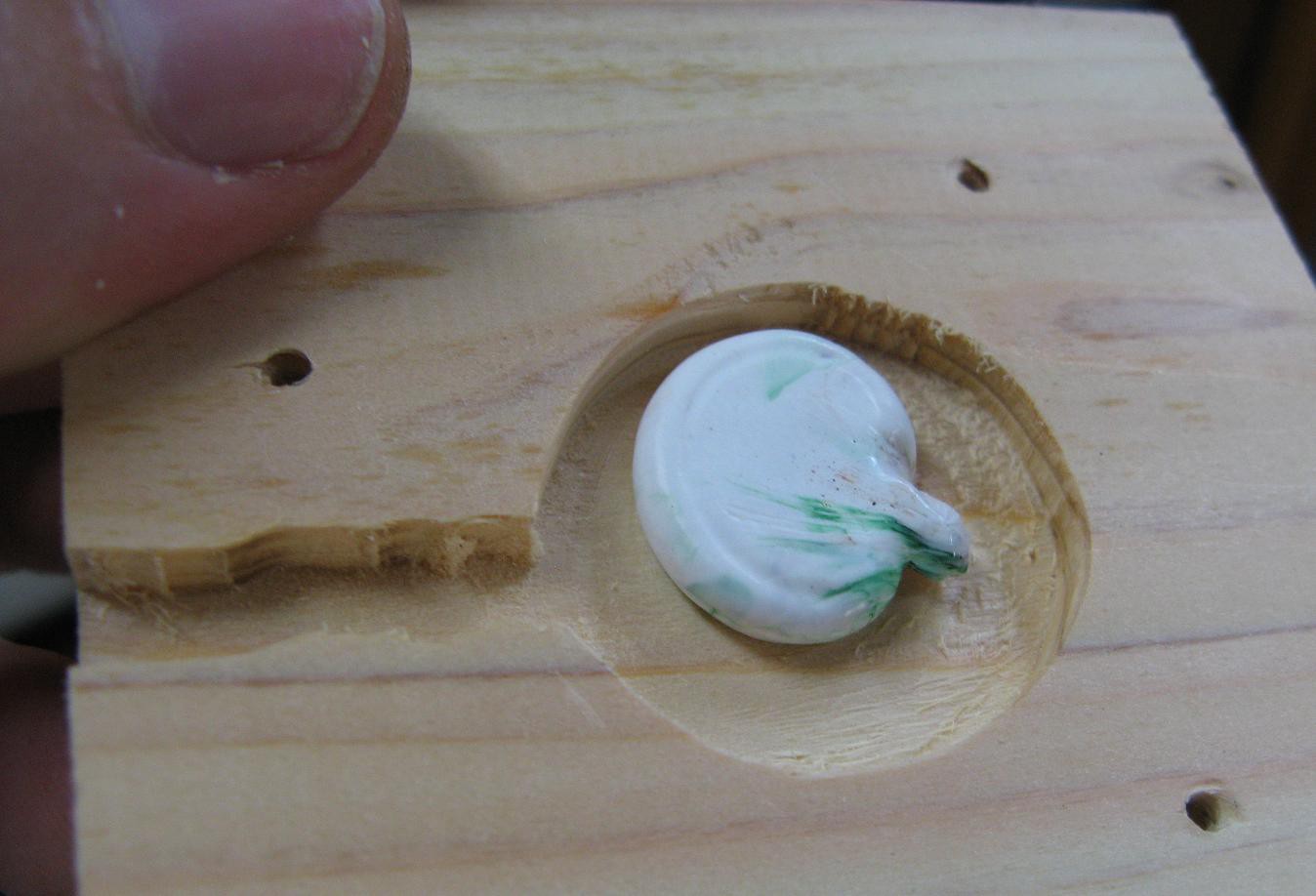
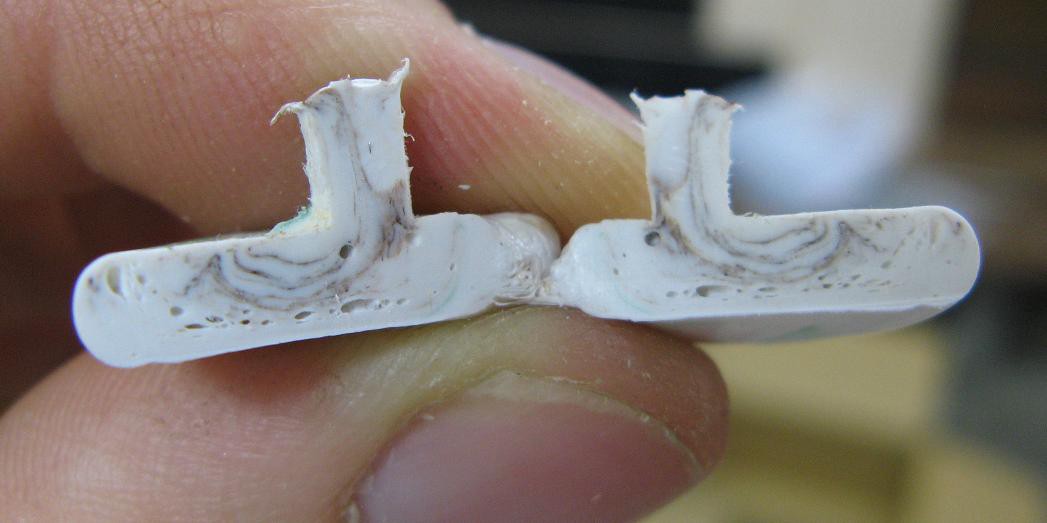
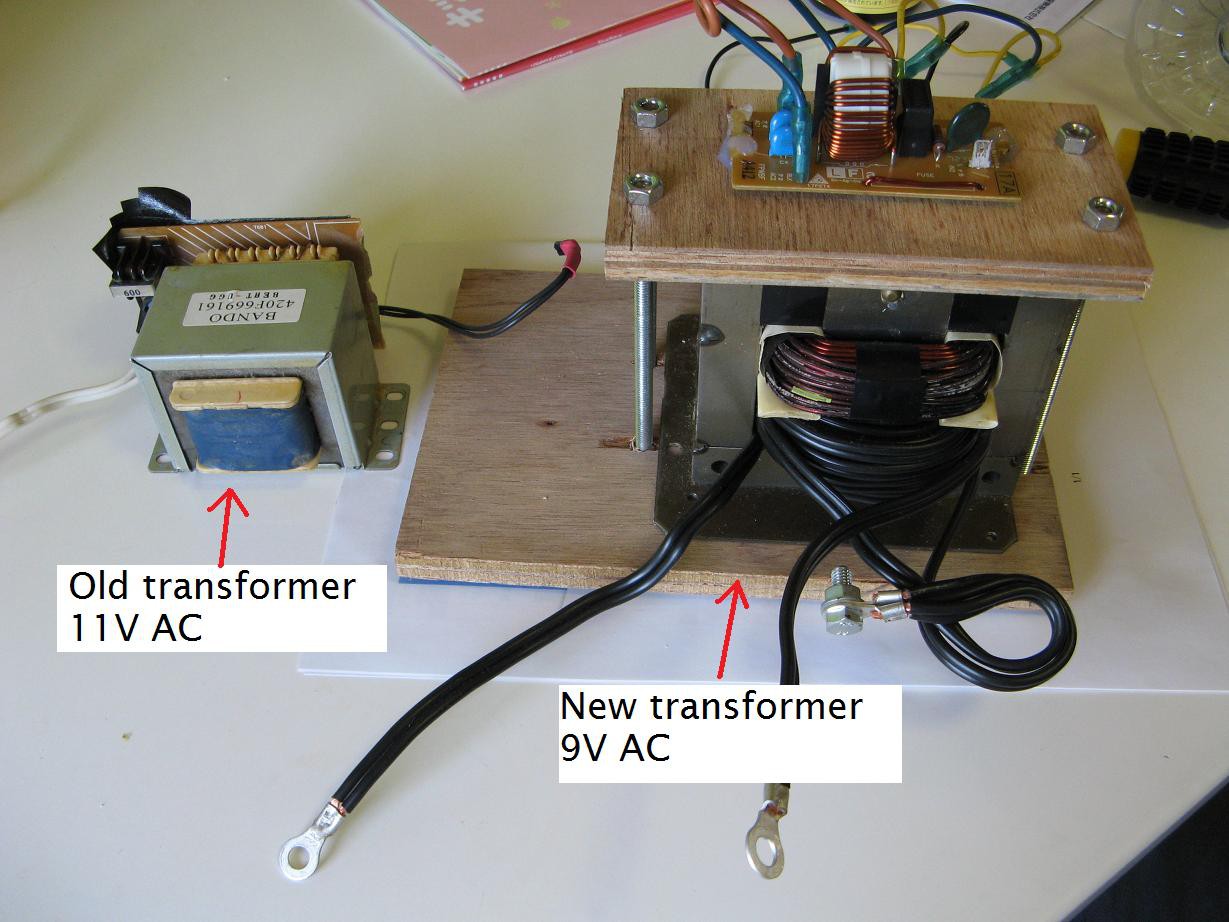
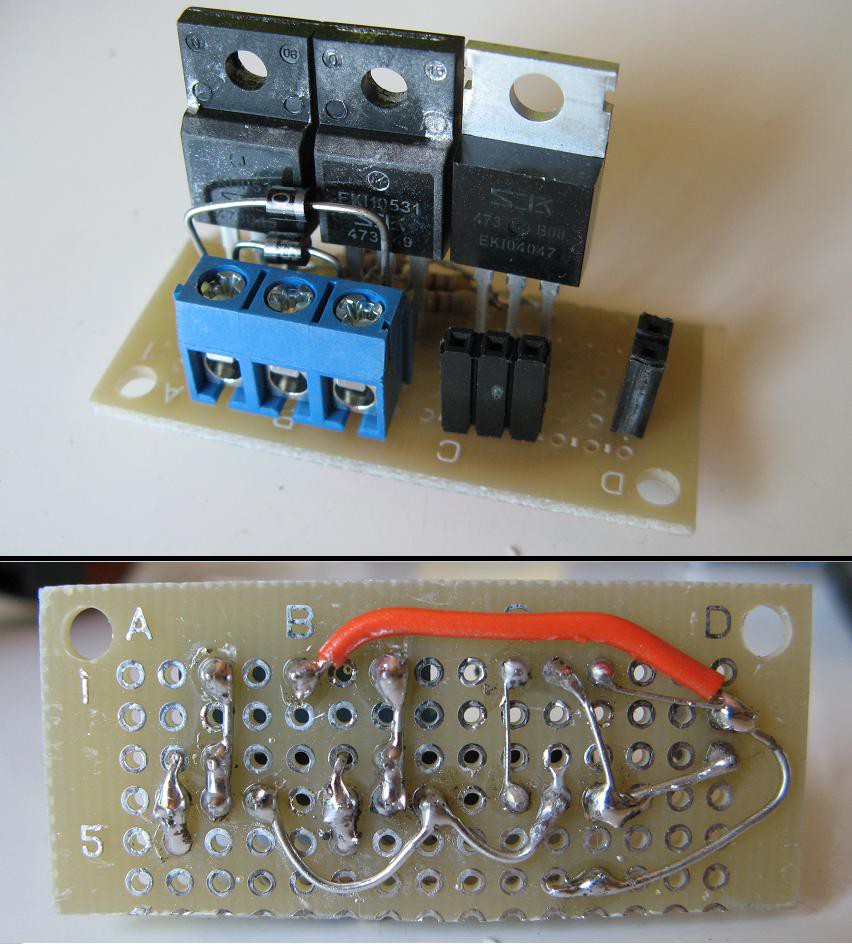
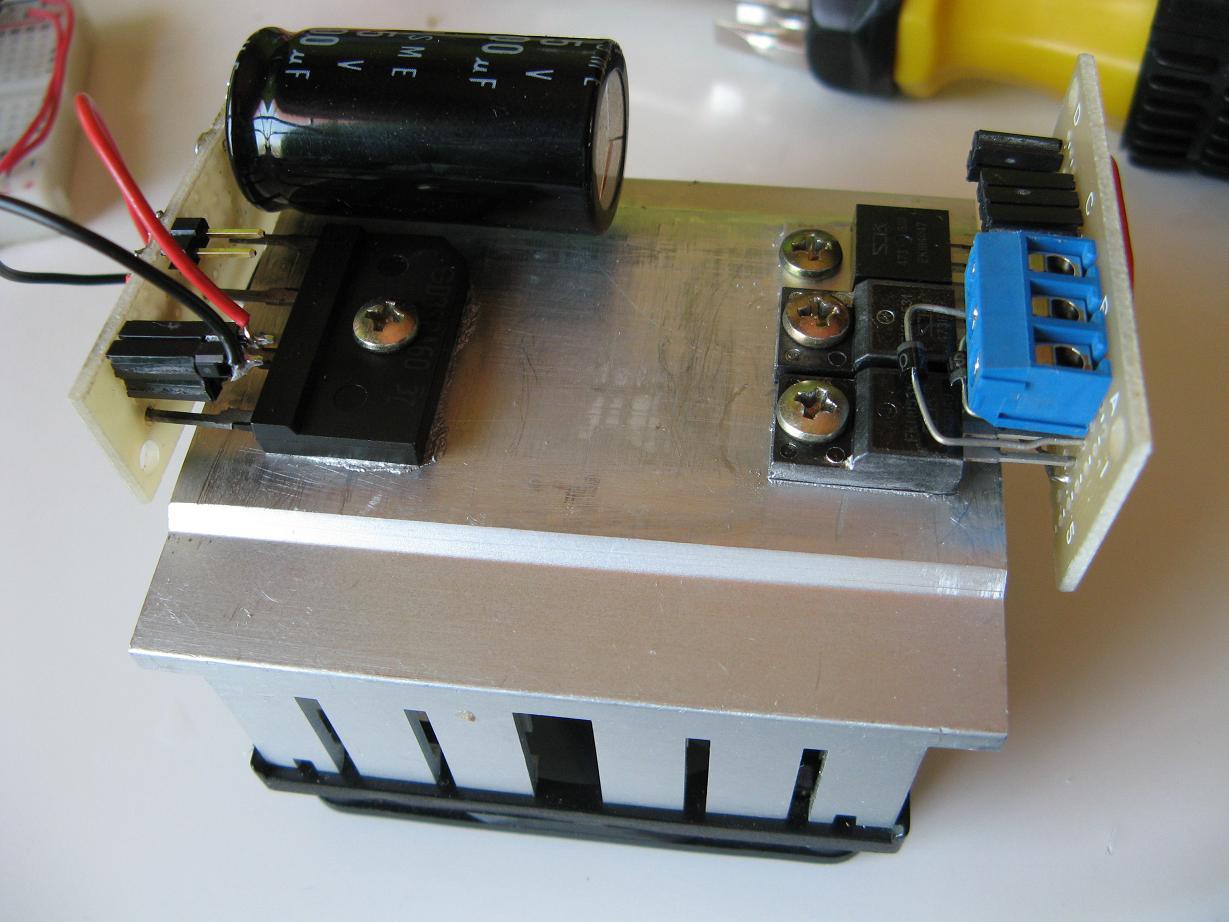
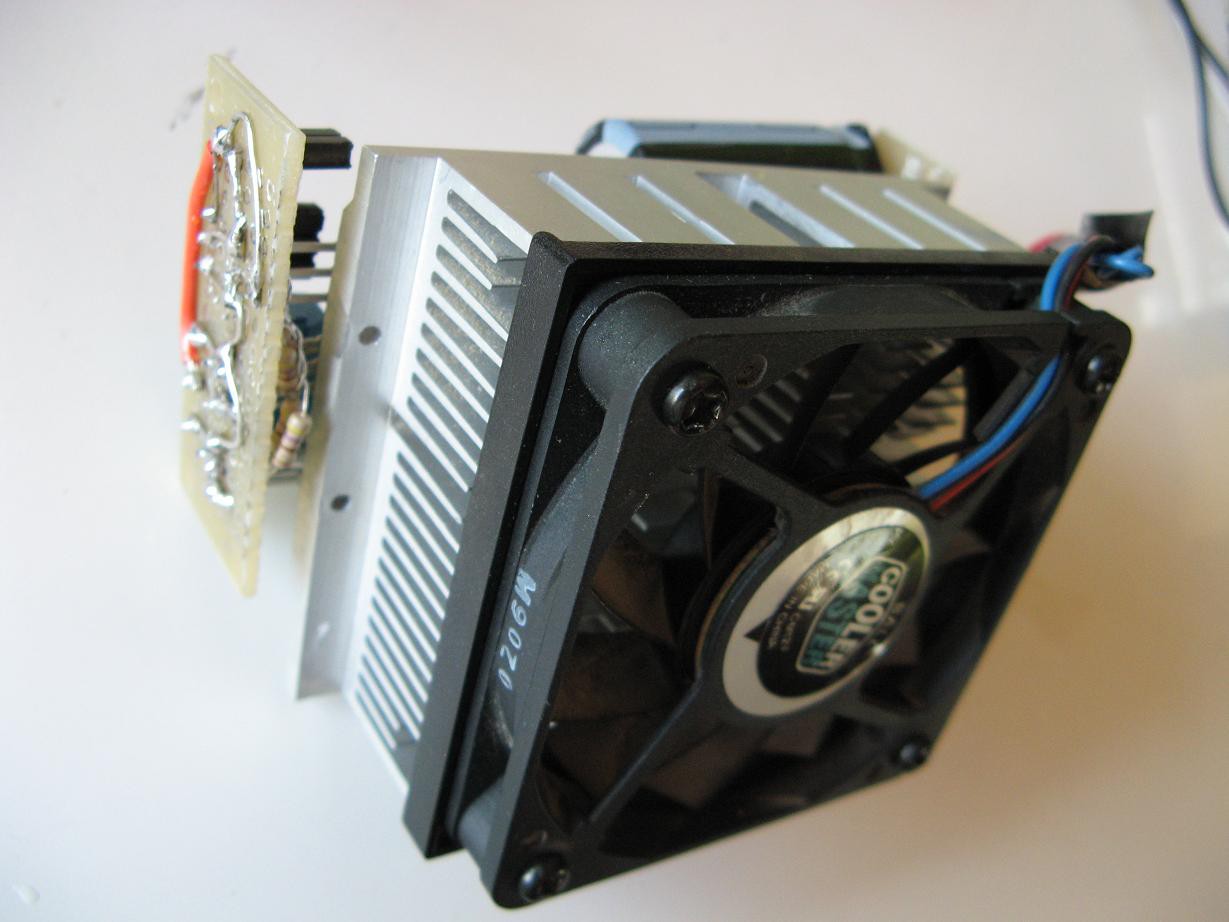
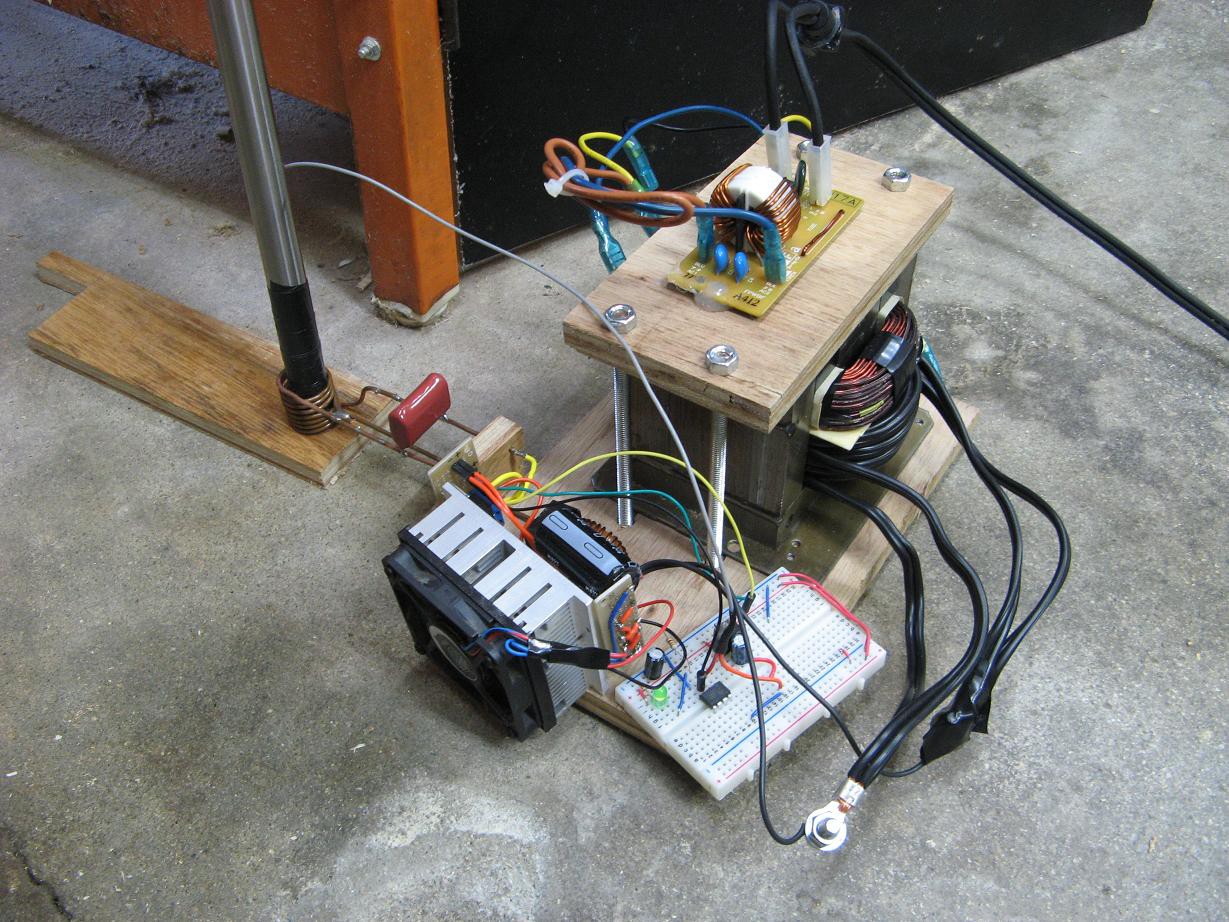
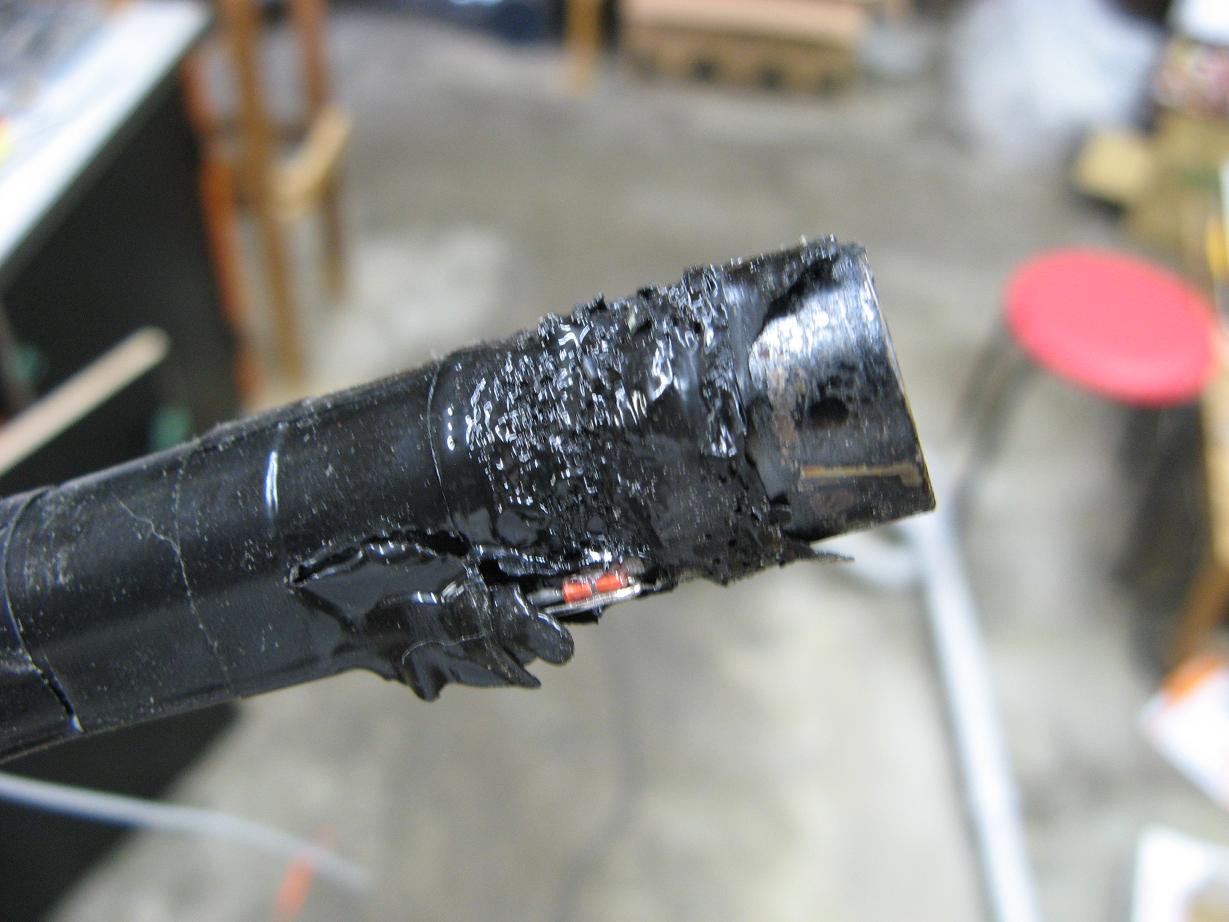
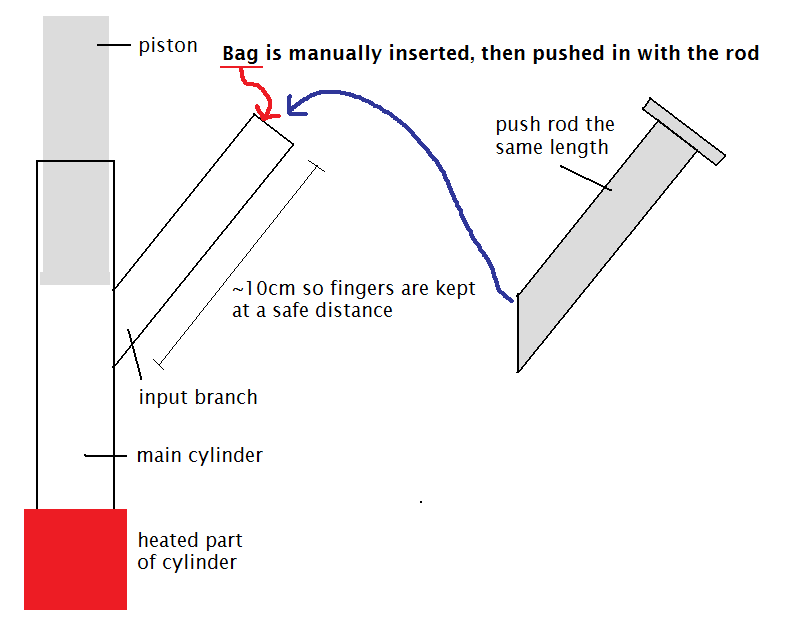
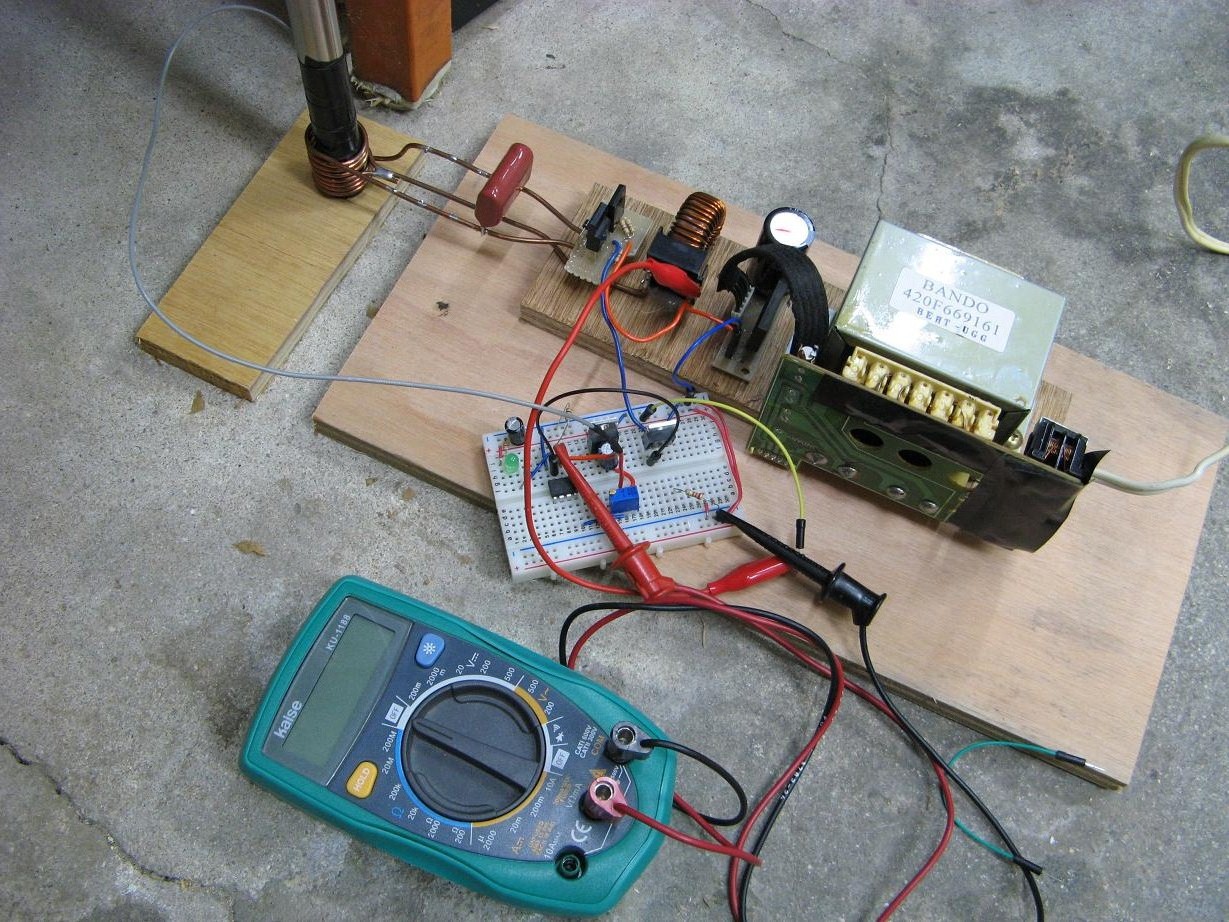
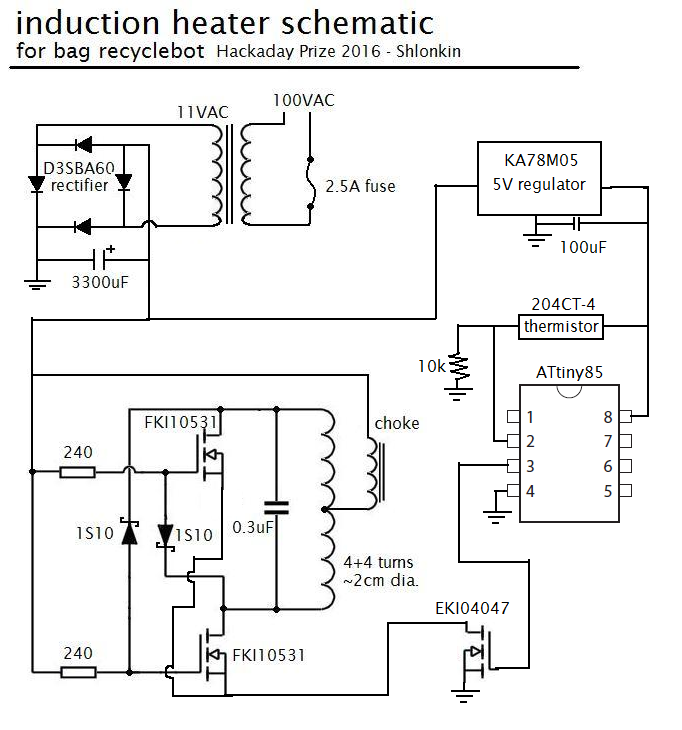
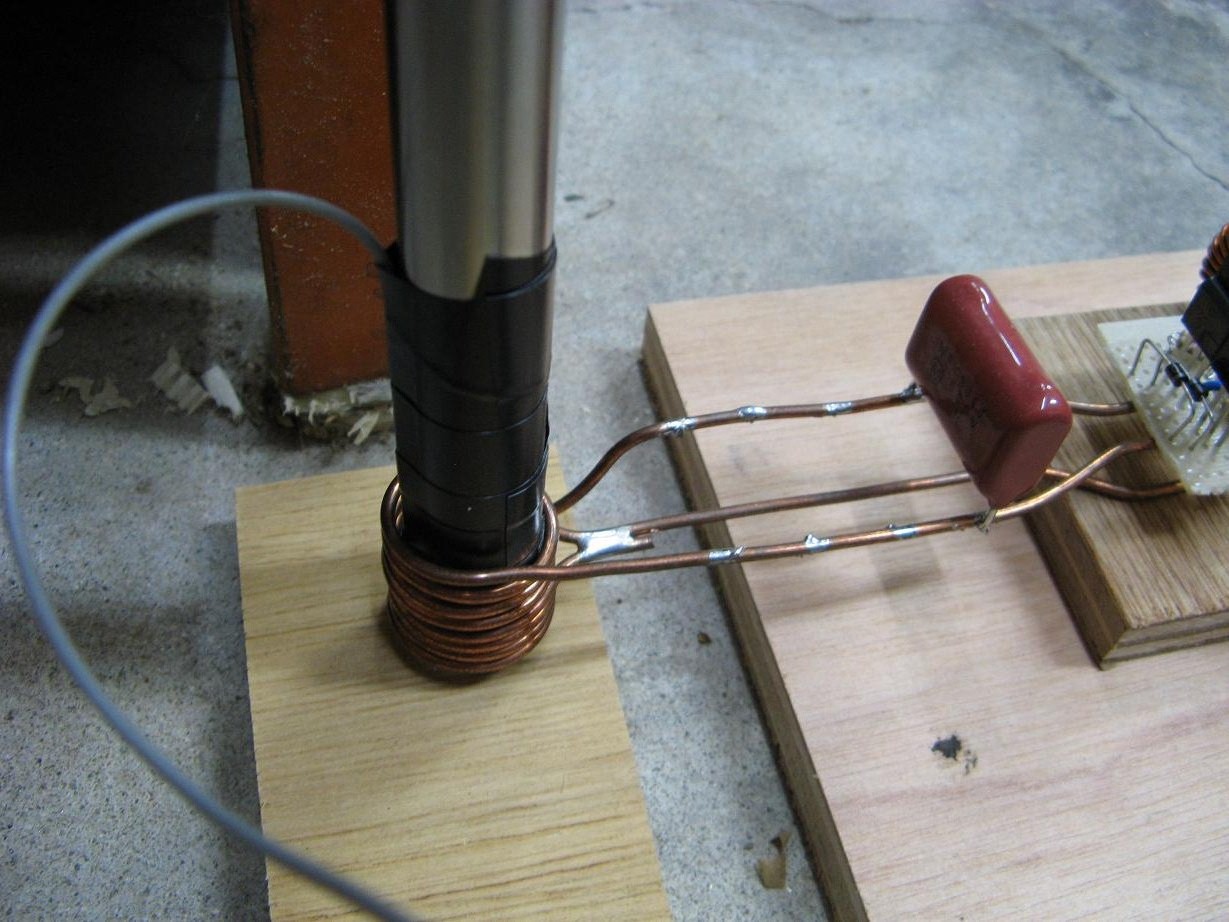
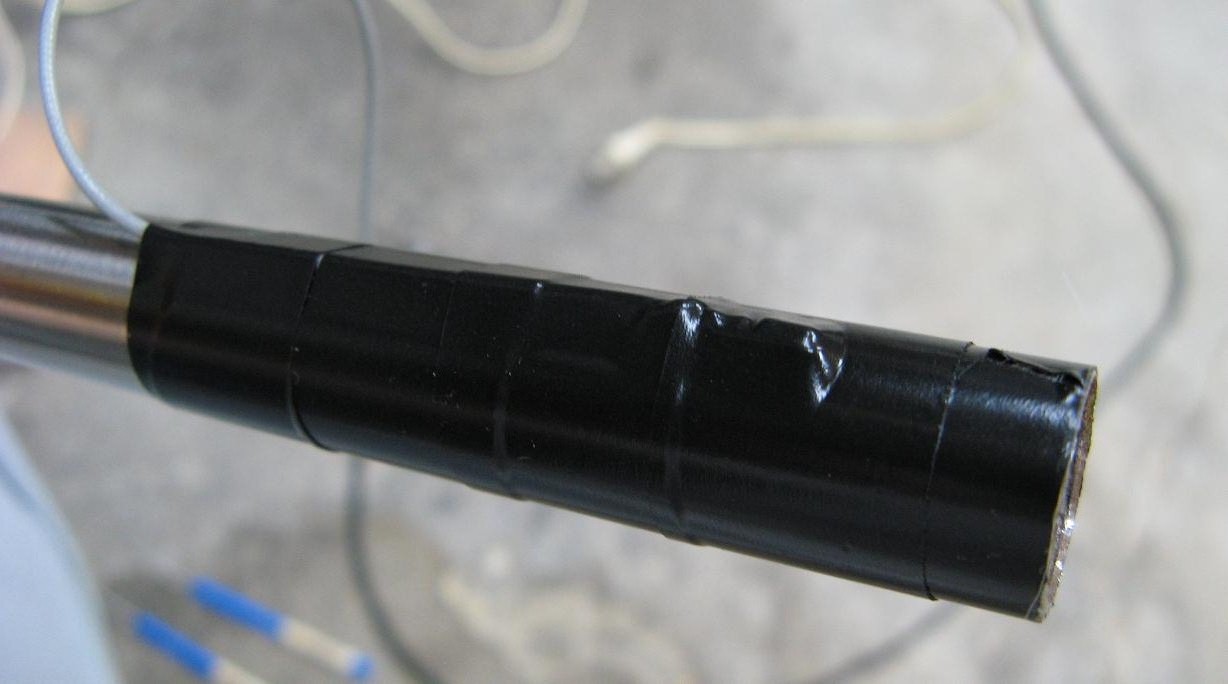
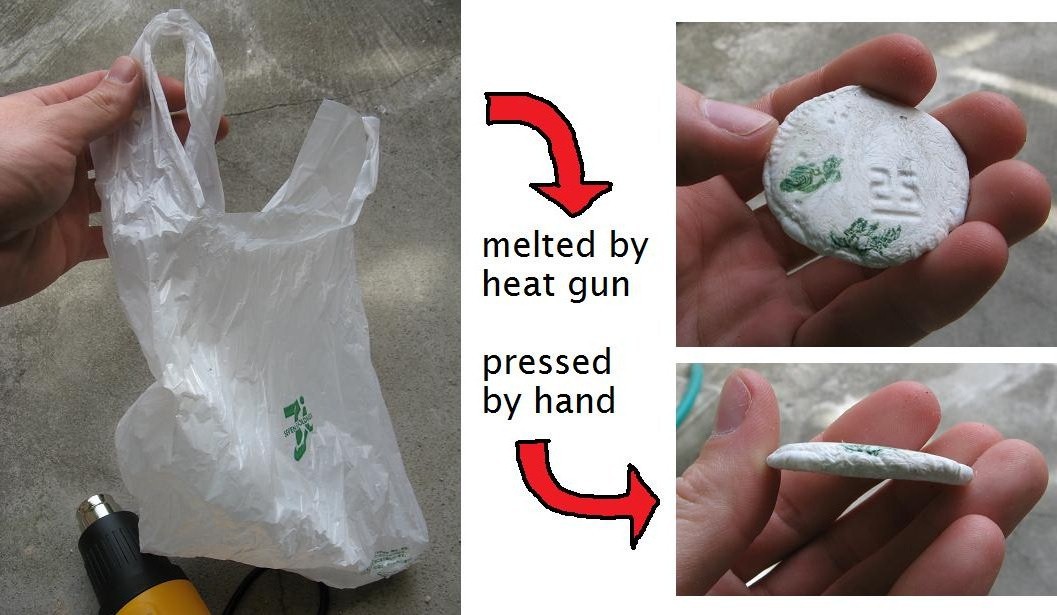
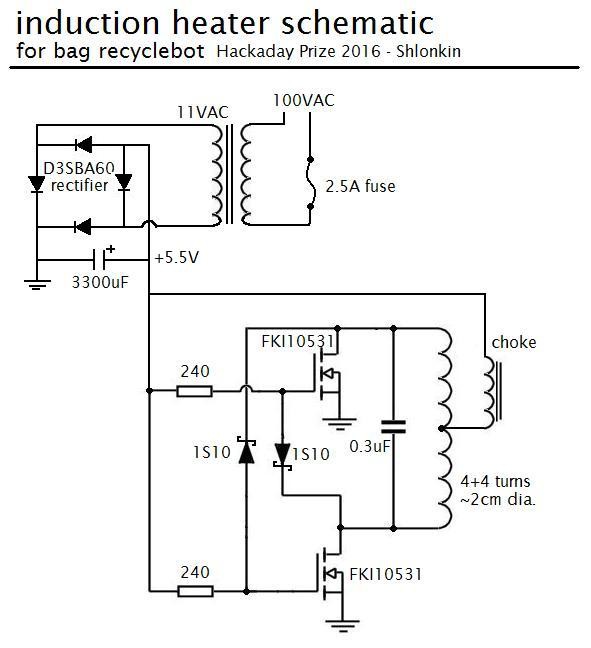
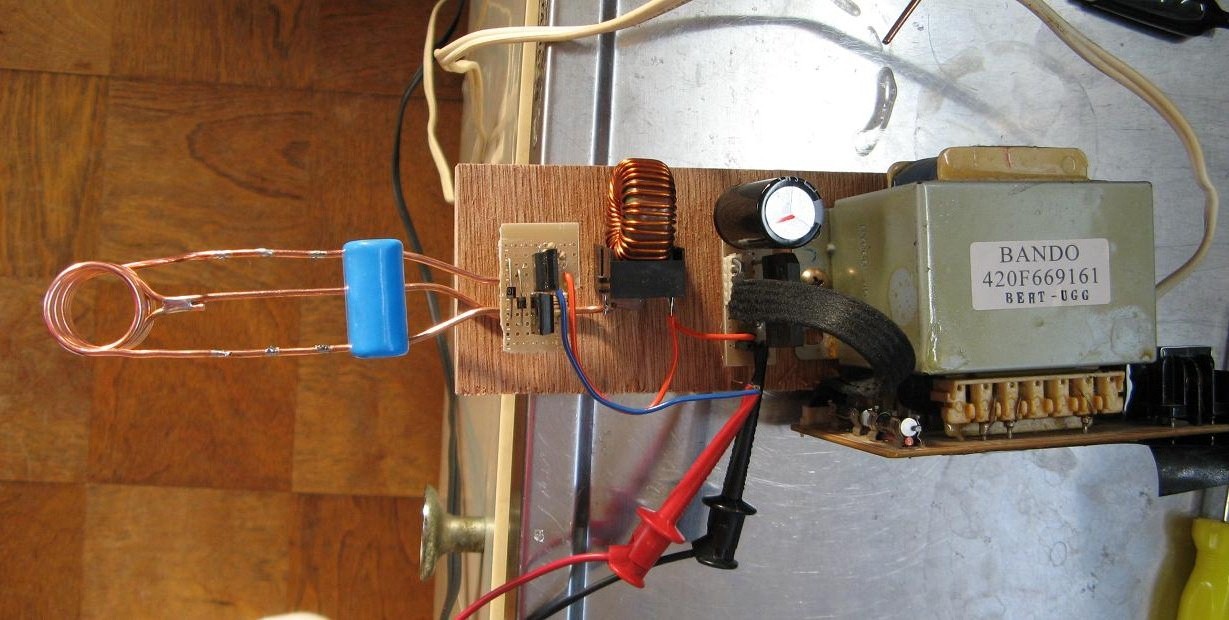
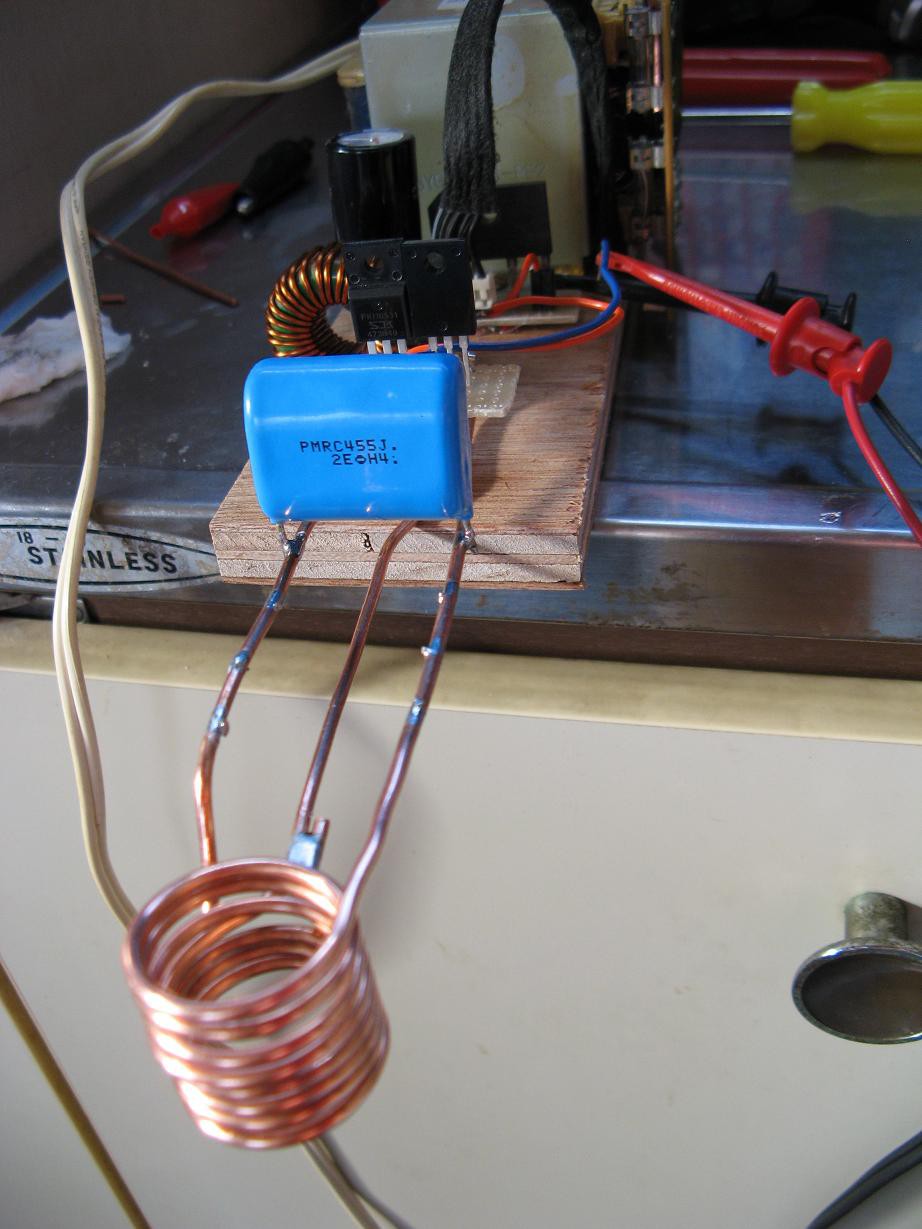
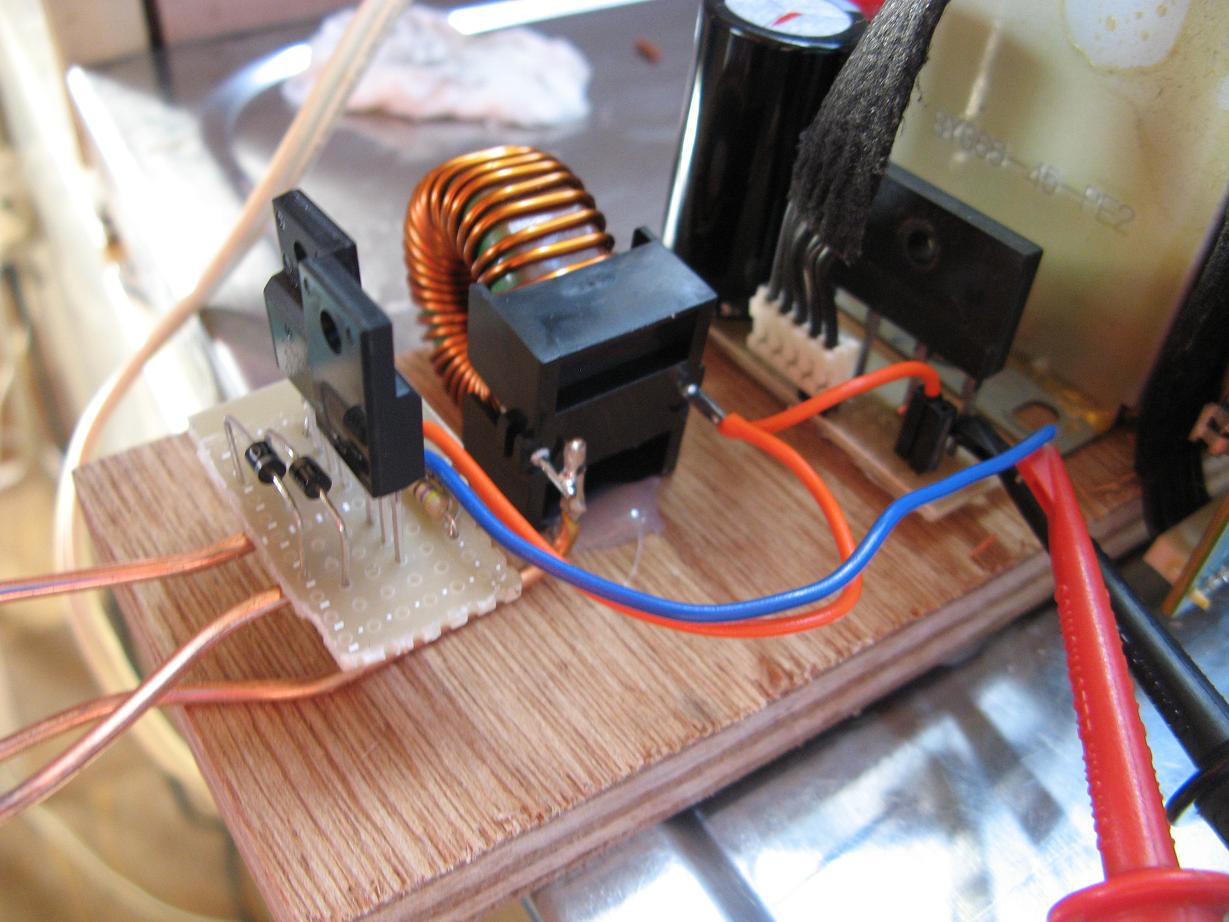
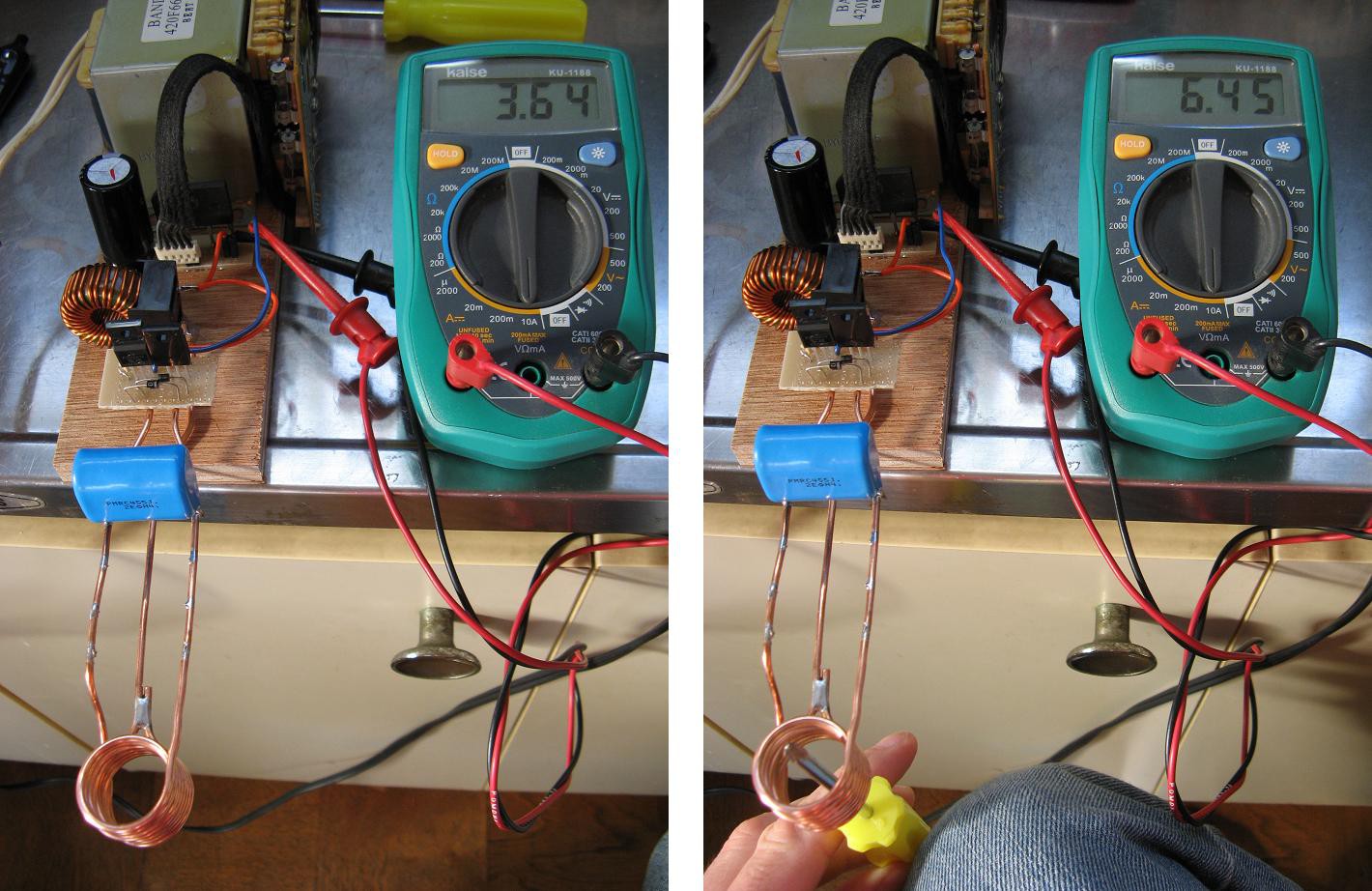
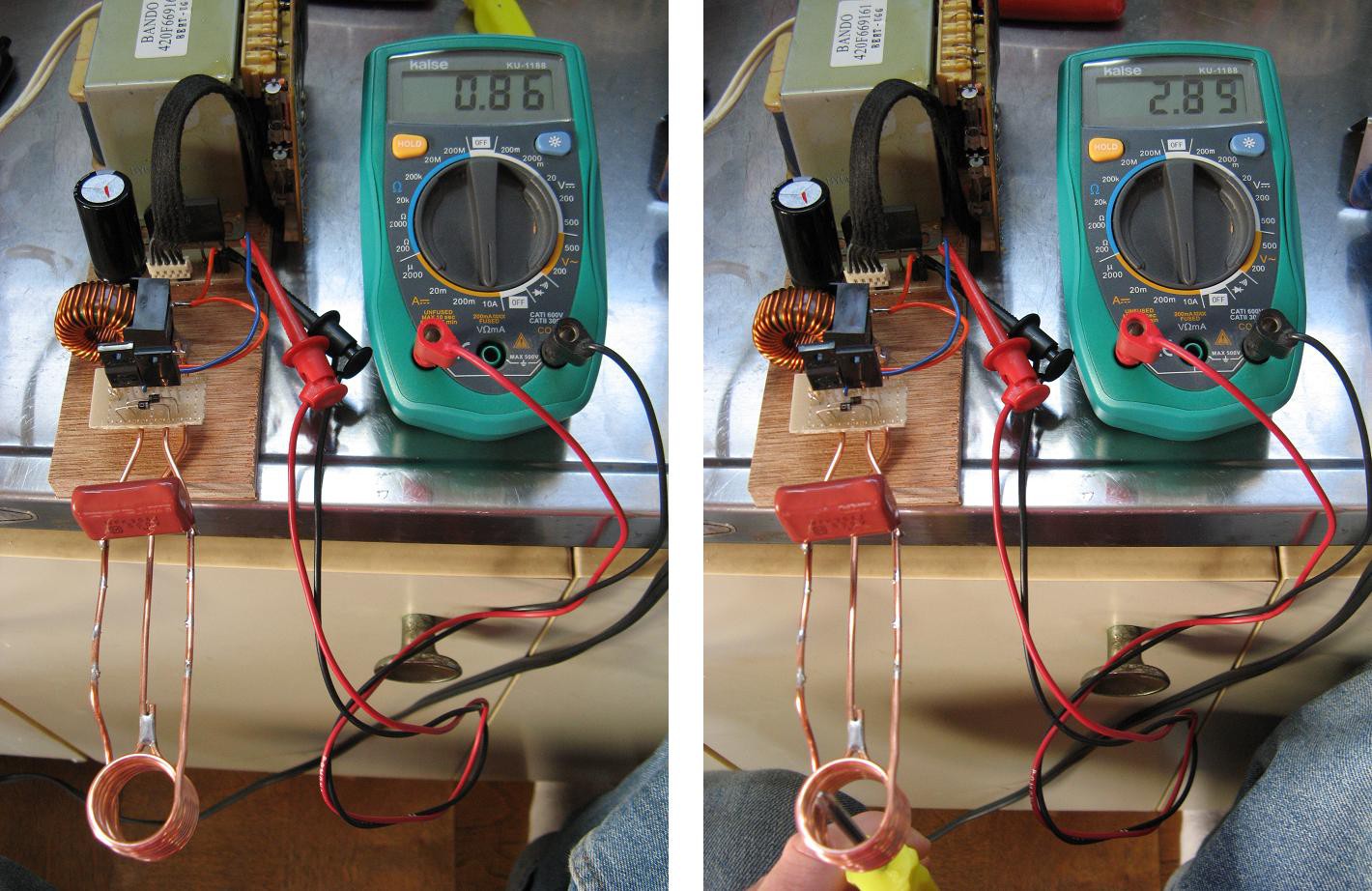
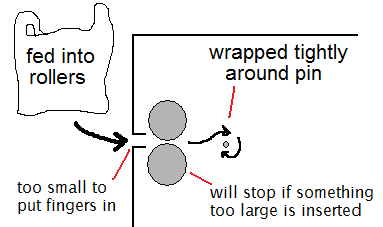

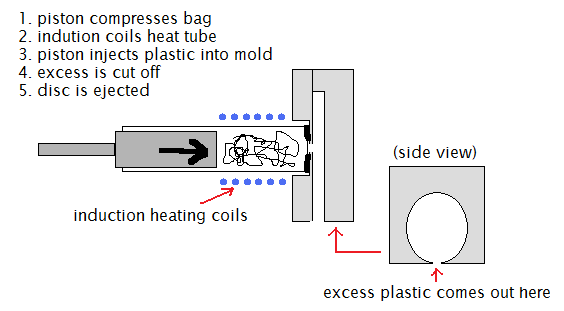
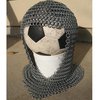


Is this project still ongoing?